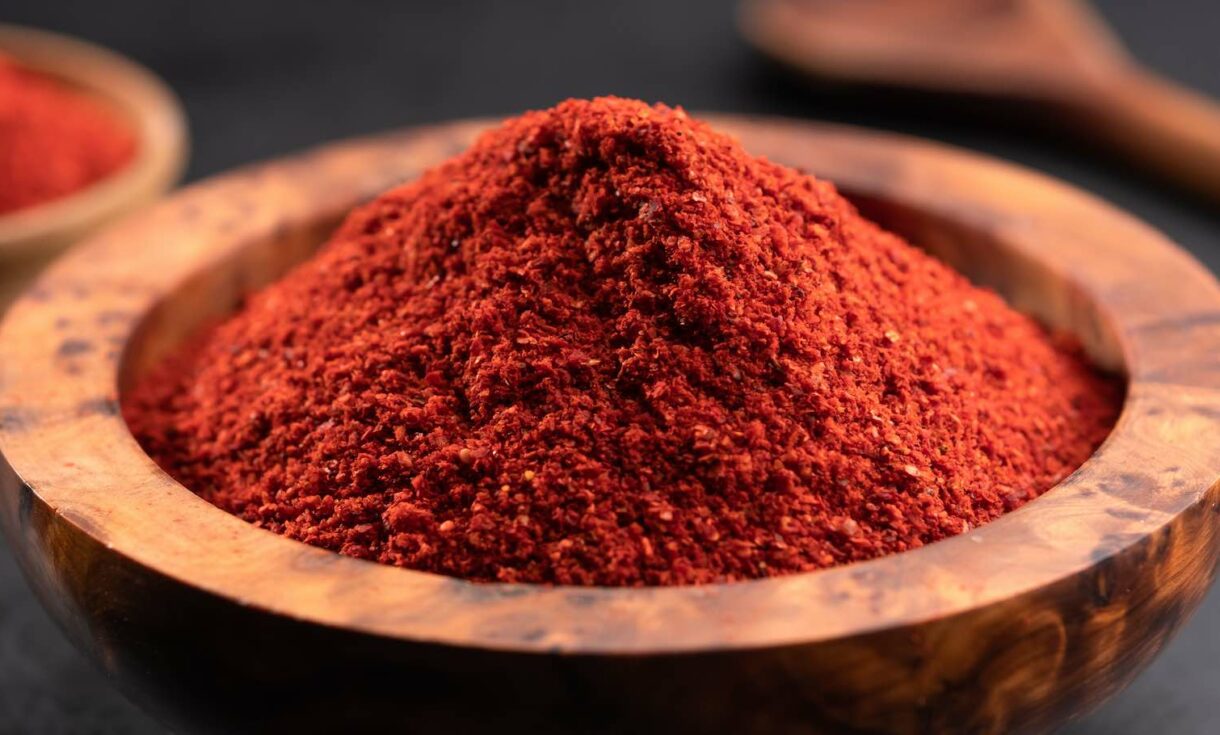- No. 268 Xianghe Street, Economic Development Zone of Xingtai city, Hebei 054001 China
- Byron@hbhongri.cn
Production and Processing of Dried Red Capsicum in Modern Manufacturing Facilities
The Process and Significance of Dried Red Capsicum Production
Dried red capsicum, commonly known as dried red pepper or paprika, is a staple ingredient in cuisines around the world. The process of transforming fresh capsicums into their dried counterparts involves a blend of traditional methods and modern technology. A dedicated factory producing dried red capsicum not only contributes to the culinary landscape but also plays a significant role in agriculture, economy, and sustainability.
Selection and Harvesting
The journey of dried red capsicum begins in the fields. The initial step is the selection of high-quality capsicum varieties that are rich in flavor and color. Farmers carefully monitor the growth stages of the plants, ensuring they are harvested at the peak ripeness. This is crucial, as the flavor and color intensity of the dried product are directly linked to the quality of the fresh peppers. Harvesting typically occurs in late summer to early fall when the capsicums are vibrant red, signaling that they have reached their full maturity.
Washing and Preparation
Once harvested, the capsicums are transported to the factory, where they undergo a thorough washing process to remove any dirt, pesticides, or impurities. After washing, the peppers are sorted by size and quality, ensuring that only the best specimens proceed to drying. Any damaged or inferior peppers are discarded to maintain the high standards required in production.
Drying Process
The drying process is crucial as it not only preserves the peppers but also intensifies their flavor. There are several methods for drying capsicum, including air drying, sun drying, and using dehydrators. In a modern drying facility, controlled temperature and humidity settings are used to optimize the drying process, ensuring consistent quality. The goal is to remove moisture while preserving the vibrant color and essential oils of the capsicum.
Sun drying is an ancient method often preferred in regions with abundant sunshine. This method relies on natural sunlight to dehydrate the peppers over several days, infusing them with unique flavors. However, it requires favorable weather conditions and can lead to variability in the final product.
dried red capsicum factory

Grinding and Packaging
Once the drying process is complete, the dried capsicums are often ground into powder, a versatile form used in various culinary applications. The grinding process is performed using industrial grinders that ensure the texture is consistent and fine. After grinding, the paprika is packaged in airtight containers to preserve its freshness, aroma, and vibrant color.
Packaging is not just about preservation; it also plays a significant role in marketing. Eye-catching designs and informative labels can attract consumers, highlighting the quality and origin of the dried red capsicum. In recent years, there has been a shift towards eco-friendly packaging, reflecting growing consumer awareness about sustainability.
Economic and Nutritional Impact
The production of dried red capsicum not only supports local economies by providing jobs in agriculture and manufacturing but also addresses global culinary demands. As culinary trends evolve and the world becomes more interconnected, the demand for high-quality spices continues to rise.
Nutritionally, red capsicum is rich in vitamins A, C, and E, along with antioxidants that offer various health benefits. This makes dried red capsicum not just a flavorful addition to meals but also a healthy one. Its versatility allows it to be used in countless dishes, from stews and sauces to marinades and rubs, thereby enhancing both flavor and nutrition in our diets.
Conclusion
In summary, the production of dried red capsicum is a multifaceted process that marries tradition with innovation. From the careful selection of fresh peppers to the meticulous drying and packaging processes, each step is essential in delivering a product that satisfies consumer tastes and nutritional needs. As the demand for quality dried spices continues to grow, so too does the importance of efficient production practices that support both farmers and the environment.
-
Turmeric Rhizome Powder: A Golden Treasure from Roots to TableNewsJul.28,2025
-
The Versatile Application Of Crushed Red Hot Peppers: Lighting Up The Red Flames On The Dining TableNewsJul.28,2025
-
The Paprika: A Touch Of Vibrant Red In Color, Flavor, And CultureNewsJul.28,2025
-
Ground Turmeric: A Modern Examination of an Ancient SpiceNewsJul.28,2025
-
Capsicum Liquid Extract: Features, Applications, and ChallengesNewsJul.28,2025
-
Application of Capsicum Liquid Extract in FoodNewsJul.28,2025







